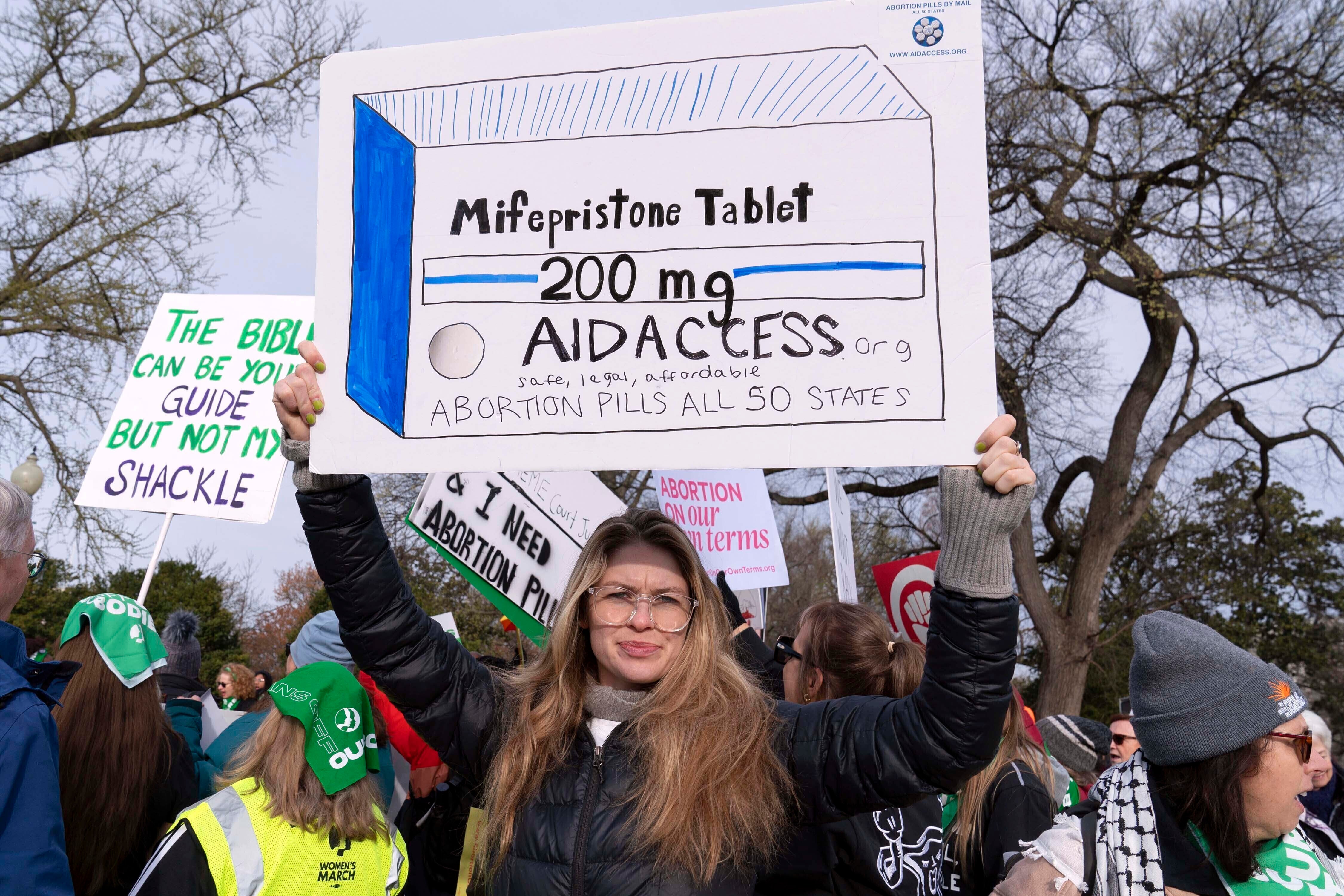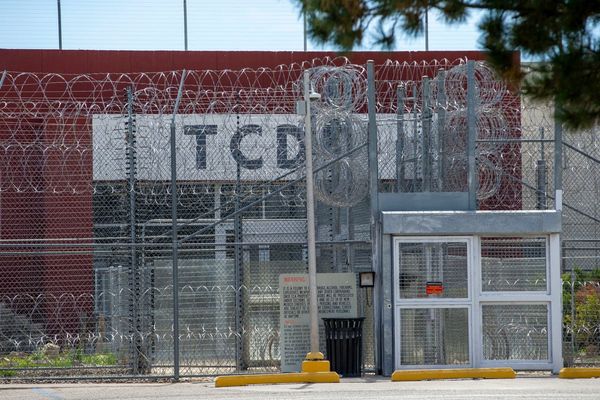Tens of thousands abortion patients have been forced to leave their home states to seek abortion care three years after the end of constitutionally protected abortion access in America.
One out of every seven abortion patients, or roughly 155,000 people, left their home state for abortion care last year, according to the Guttmacher Institute, a reproductive health research group.
That total is slightly fewer than the 170,000 people who traveled for abortion care in 2023, but it remains a remarkable spike in abortion-related travel compared to the years before the Supreme Court’s June 2022 decision in Dobbs v Jackson Women’s Health Organization, which overturned Roe v Wade and allowed states to criminalize abortion care and implement outright bans.
Out-of-state travel for abortion care has virtually doubled since that ruling. Since the Dobbs decision, 13 states have outlawed abortions in virtually all circumstances, creating a patchwork of abortion access across the country, and balkanized legal constraints for patients and providers, who are shielded in some states and criminalized in others.
The total number of abortions each year has also steadily increased in the wake of that decision.
In 2024, 1.14 million abortions occurred in the United States, according to the Society for Family Planning.
Roughly one in four abortions were performed through telehealth last year, with an average of 12,330 abortions per month performed through medication abortion, which typically requires a two-drug protocol that a patient can take at home.
That’s up from one in five in 2023 and one in every 20 in 2022.
Medication abortion has accounted for the vast majority of abortions in recent years. Roughly 63 percent of all abortions are now medication abortions, according to Guttmacher.
Mifepristone, one of two prescription drugs used in medication abortions, is approved for use by the FDA up to 10 weeks of pregnancy. From 2019 through 2020, nearly 93 percent of all abortions were performed before the 13th week, according to the Centers for Disease Control and Prevention.
But the drug is at the center of legal challenges fueled by right-wing anti-abortion activist groups who have sought to strip the government's approval and implement sweeping federal bans on abortion care.
President Donald Trump’s administration has also pledged to revisit the drug’s approval, using spurious reporting and junk science, in an apparent attempt to undermine the basis for the government’s approval.

Nearly half of patients who traveled for an abortion last year came from states where abortion is outlawed — including more than 28,000 Texas residents, more than any other state, Guttmacher found.
“While these findings show us where and how far patients are traveling, they are not able to capture the numerous financial, logistical, social and emotional obstacles people face,” according to Guttmacher Institute data scientist and study lead Isaac Maddow-Zimet.
In the months after the Dobbs decision, sweeping anti-abortion restrictions across the deep South and neighboring states have effectively forced abortion patients to travel hundreds of miles to reach the nearest state where abortion access was legal.
Florida, surrounded by anti-abortion states, was initially a key point of abortion access in the South within the first two years after the Dobbs decision. In 2023, more than 9,000 people traveled from other states to get an abortion there, according to Guttmacher. Roughly one in every two abortions nationwide and one in three abortions in the South were performed in Florida at that time.
Last year, Florida banned abortion beyond six weeks of pregnancy, before many women know they are even pregnant, and the number of patients traveling to the state for abortion care was virtually cut in half.
Another 8,000 people left the state to get an abortion elsewhere, often crossing as many as three states to get there, Guttmacher found.
“It was not just Floridians who were impacted, but also the thousands of out-of-state patients who would have traveled there for care,” according to Candace Gibson, Guttmacher Institute Director of State Policy.
“The most extreme abortion bans are concentrated in the South, which makes it disproportionately difficult for people living in that region to exercise their fundamental right to bodily autonomy,” she added.







